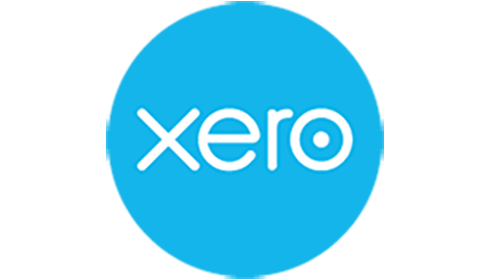
Getting paid: Invoicing tips for better cash flow
Getting paid on time can be a real challenge for small businesses. Check out these tips for getting paid sooner.
Delivering a great product or service is a big part of making any business successful. But as those in business know, being paid for the work you do is just as important.
“Cash flow is the lifeblood of any business,” says Craig Hudson, Managing Director NZ & Pacific Islands at Xero. “Getting paid on time and maintaining a healthy cash flow is how a business survives.”
Make payments easy
Getting an invoice paid on time starts with you making it easy for your customers to pay.
Create detailed invoices
When creating an invoice, you’ll need to include the essential information about the job, like your business details, amount owed and payment information. But ask yourself if there are any other details your customers might want included in their invoice, eg expenses. Anticipating these requests may shorten the time it takes for your customers to make their payments.
Make sure your customers know your payment terms and options.
Being on the same page as your customers from the start may help you avoid payment issues down the line.
Send invoices promptly
Don’t procrastinate. Send the invoice as soon as the work’s completed, while it’s still fresh in your customer’s mind. Consider the fastest way to invoice your customers, whether in person with a mobile EFTPOS machine or electronically using accounting software.
Consider using e-Invoicing - where invoice information is sent directly between buyers’ and suppliers’ financial systems, even if these systems are different. It improves accuracy and security, reduces process time and speeds up payments.
Your invoicing software may already be enabled for e-Invoicing. Go to einvoicing.govt.nz for more information, including how to get started.
e-Invoicing(external link) - einvoicing.govt.nz
Invoice in stages
If you’re doing work over an extended period of time, you might consider a phased approach to invoicing. For example, if a project will take six months to complete, you might split the total invoice into three payments to be paid at the beginning, middle and end of the work. This keeps the money coming in and could offset some of the risk to your business.
Allow for electronic payments
Invoices that offer a ‘pay now’ option to take credit card transactions not only make it convenient for your customers, but can speed up payment times too. If you’re sending invoices electronically using accounting software, consider adding a payment add-on, like Stripe or PayPal, which according to Xero could mean your invoices are paid 10 days faster than other invoices.
Xero Small Business Insights(external link) — Xero
Make payment terms shorter
Payment terms of 30 days used to be the norm – but not anymore. Close to three quarters of invoices now ask for payment within two weeks, according to a Xero study. Xero found invoices with shorter payment terms get paid more quickly. They recommend discussing payment terms with customers before you get started to avoid confusion down the track.
Put systems in place
Chasing customers for payment takes time and can be stressful. To streamline the process, put a system in place that works for you. A bookkeeper or accountant could follow up overdue invoices on your behalf. Or you could set up automatic reminders in your accounting software to be sent to customers as an invoice nears its due date. Xero has found that in the first 25 days after payment is due, overdue invoices with reminders get paid an average of four days sooner than those without.
Plan ahead
Planning and forecasting your cash flow position can help keep you on track.
A cash flow forecast projects your business’s income and outgoings for a future period of time, eg month, quarter or financial year.
Start by identifying when your business’s quiet periods are. It’s also helpful to understand times when your customers may be away, so you can plan and adapt accordingly.
“January can present a real challenge for small business owners,” says Hudson. “But with the right planning and tools in place, this can be minimised.”
Use separate bank accounts for personal use and your business activities.
Separating your personal and business bank accounts can make it easier to track your spending, incomes and expenses, especially at tax time.
Make sure you’re realistic about your forecasting and think about various scenarios that might occur. You’ll also want to consider a planning format that works best for you, whether it’s online using a cash flow forecasting app or in person with your accountant.

